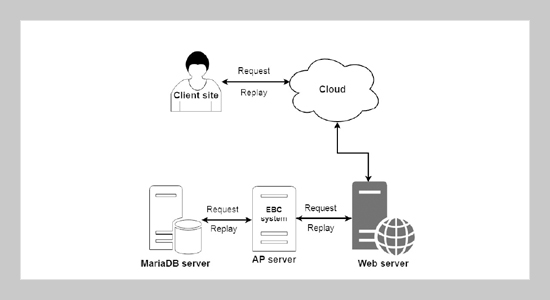Shiuann-Shuoh Chen1, Vinay Singh1, Chuan-Fu Chuang This email address is being protected from spambots. You need JavaScript enabled to view it.1 1Department of Business Administration, National Central University, Taoyuan City 32001, Taiwan R.O.C.
Received:
January 24, 2019
Accepted:
January 6, 2020
Publication Date:
June 1, 2020
Download Citation:
||https://doi.org/10.6180/jase.202006_23(2).0002
It does not need to be mentioned that Business cards are essential for businesses and consumers alike across all industries irrespective of size of the business. Today, these cards not only help in giving contact details but building a brand. In digital era the business card is also going through the journey of digital transformation. While some of the expectation from such electronic business card can be articulated as – Easy to share, cost-effective, Eco-friendly, Easy to customize, store the information conveniently and contact management. While taking a closer look at these expectation the authors were convinced that such system should be based on a cloud architecture .The authors with their experience on the 2P-cloud Architecture realized that the concept can be extended for cloud services 4-tier architectures and an Electronic Business card system can be built on it. In this study, we proposal an instance of the cloud electronic business card (EBC) generation framework which is according to the Key point of view of Business models, Operational processes and User experiences of Digital transformation studied by Abhijit et al. and the five skills and competencies of CDO studied by Anna et al. and the 2P-Cloud architecture studied by Chuang et al as main. In this study, we focused on the system availability of cloud EBC system in the development processes, which is to attend the smooth process of Human–Computer Interaction when we design an IT system.ABSTRACT
Keywords:
2P-Cloud architecture, cloud services’ 4-tier architectures, cloud electronic business card system, cloud electronic business card generation framework, Human–Computer Interaction.
REFERENCES









